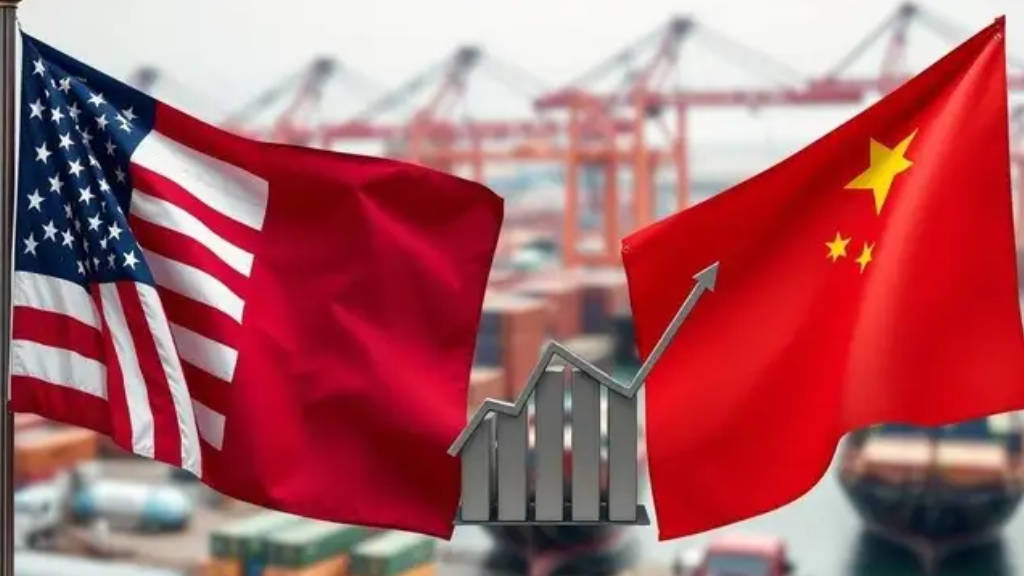In July 2025, China’s exports jumped more than what experts thought. Instead of the expected 5.4% rise, there was a 7.2% increase, reaching $321.8 billion. It looks like suppliers wanted to ship more goods because they were preparing for extra servings of US tariffs. This might help explain why there’s been a noticeable rise in Chinese shipments to ASEAN countries. That said, it’s still tough to figure out how well China is diversifying its exports. We don’t really know how many of these goods end up in the US after going through other countries and how much remains in those countries. Meanwhile, experts think China is trying to change how it approaches new markets. Instead of competing by lowering prices, they want to focus long-term on providing better quality than their rivals.
According to China’s General Administration of Customs, the country’s trade surplus was $98.3 billion in July, down from $114.8 billion in June. This change is because imports went up: they increased by 4.1% from last year, hitting $223.5 billion. In June, growth was just 1.1%. The rise in purchases might just be people trying to stock up for August. It’s important to note that the trade “truce” between Washington and Beijing ends in the middle of August. Right now, US goods have a 10% tariff, while Chinese goods face a 30% tariff. We don’t know what the new tariffs will be after August 12 because talks are still ongoing.
Despite the uncertain “Tariffs” future, China’s exports grew quickly in July. Shipments rose by 7.2%, which is the best increase since April, bringing the total to $321.8 billion. Experts thought exports would rise by 5.4% after a 5.8% increase in June. However, trade with the US shrank again. Even though tariffs were lowered, US exports to China were $12.08 billion (down from $14.9 billion last July), while Chinese exports to the US were $35.8 billion (down from $45.7 billion). The drop in trade could be linked to US tariffs on certain sectors and restrictions on Chinese chip imports.
China’s exports to Russia grew by 9.6% month over month in July but fell by 9.2% when comparing the year, totaling $9.1 billion. The year-over-year drop might be due to low consumer spending in Russia. On the other hand, imports of Russian goods went up, showing a 7.8% monthly growth and a 4.1% yearly increase to $10.1 billion, likely because some payment problems have been mostly resolved.
According to GTO data, it’s clear that China boosted its exports to ASEAN nations in July: the sales to these countries rose by 16.6% to $54.6 billion. This increase seems to come from suppliers wanting to send out more products before new higher tariffs for re-export take effect. To explain, Washington thinks that Chinese businesses are still bringing goods into the US without paying taxes and wants to put a stop to it. The first step of this plan started on August 7: items sent from other countries to the US through Vietnam, without what is referred to as “substantial processing,” will face a 40% tax.
Current statistics don’t let us see how well China is doing in mixing up its supply sources. We don’t know how much of what they export goes straight to ASEAN and other trade partners versus what is sent through them to the US. The research called “Risks in the New Global Trade Landscape,” which is available on the European research site CERP, indicates that China is still trying to secure new markets in various ways. At the same time, the researchers think that China wants to shift away from relying on low prices as its main competitive strength. Companies are now using new strategies to match local businesses with better, and constantly improving quality. This shift in focus is also shown by an increase in original patent activities happening in China.
Further Reading





